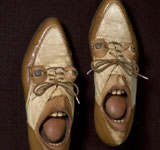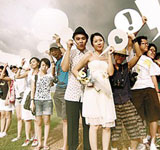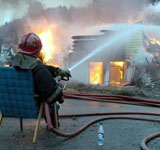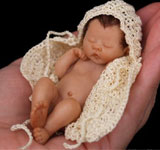| Songtangzhai Museum | |
http://english.dbw.cn銆€銆€
2010-12-21 13:31:04
|
|
|

Songtangzhai Museum is tucked in tree-lined Chengxian Street of central Beijing's Dongcheng District. [Photo: CRIENGLISH.com] Peacefully tucked in tree lined Guozijian Street, just opposite the Lama Temple, Songtangzhai Museum appears as a tiny little antique without glimmering modern decoration. Yet when you approach it, you will find every part of it is engraved with brilliant but probably unfamiliar traditional Chinese culture. It is regrettable that such masterpieces are often hidden somewhere few people recognize. Especially today, as our city is growing bigger and faster, many historical relics are gradually disappearing from our memory. Thanks to the curator Li Songtang, who has dedicated half his life to collecting and preserving Beijing's past, history will not be completely lost in the expansion. He has saved thousands of cultural relics by poking around the rubble. His collections mainly consist of folk items, including an elaborate gate pier, ornate wooden doorways, lacquered screens, and hitching posts, which occupy a 18th century serene courtyard in Beijing's central Dongcheng District. From an 11th century lintel carved with hundreds of people, animals and plants, a pair of Yuan Dynasty gate piers, to a Qing Dynasty stepping stone, the refined patterns engraved on every item has an interesting tale which can be dated back to hundreds of years ago. Wang Banruo, an English teacher from Beijing Jiaotong University, also appreciates these ancient pieces of art. She leads a group of students to visit this museum and pays the entrance fees from her own pocket, as part of a field study. Wang said her foreign friends usually find Chinese culture quite fascinating and amazing but really hard to access. She found the same thing happened among her students. "Probably because of modernization, students are more familiar with foreign culture than our own domestic ancient cultures. I think this is a tragedy. So although I'm an English teacher, I made up my mind to be a basic Chinese culture transformer. I like to be a basic intermediary, to introduce the Chinese culture, especially the ancient aspects to the modern students and to foreign friends." When talking about the Songtangzhai museum, she couldn't help but show her admiration. "I learned a lot of things, not only the stories, the histories of the relics here, but also the spirit, especially the Chinese spirit toward things, toward people, toward nature. We learn to be respectful to the people and to the world." |
|
| Author锛? 銆€銆€銆€Source锛? CRI 銆€銆€銆€ Editor锛? Wu Qiong | |
 涓枃绠€浣?/a>銆€|銆€
涓枃绠€浣?/a>銆€|銆€










